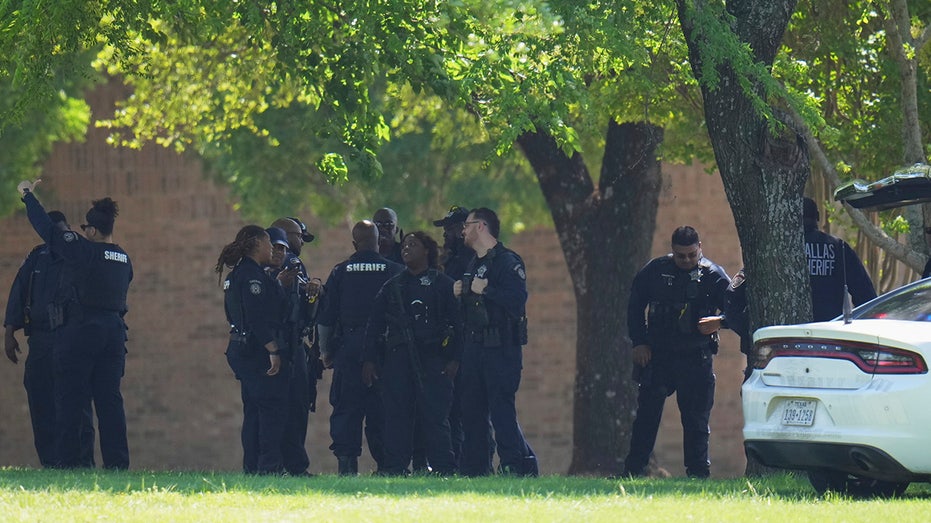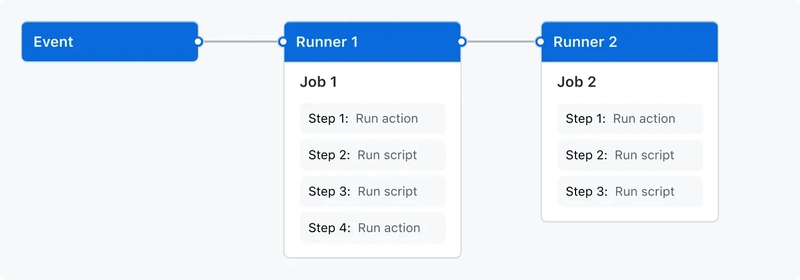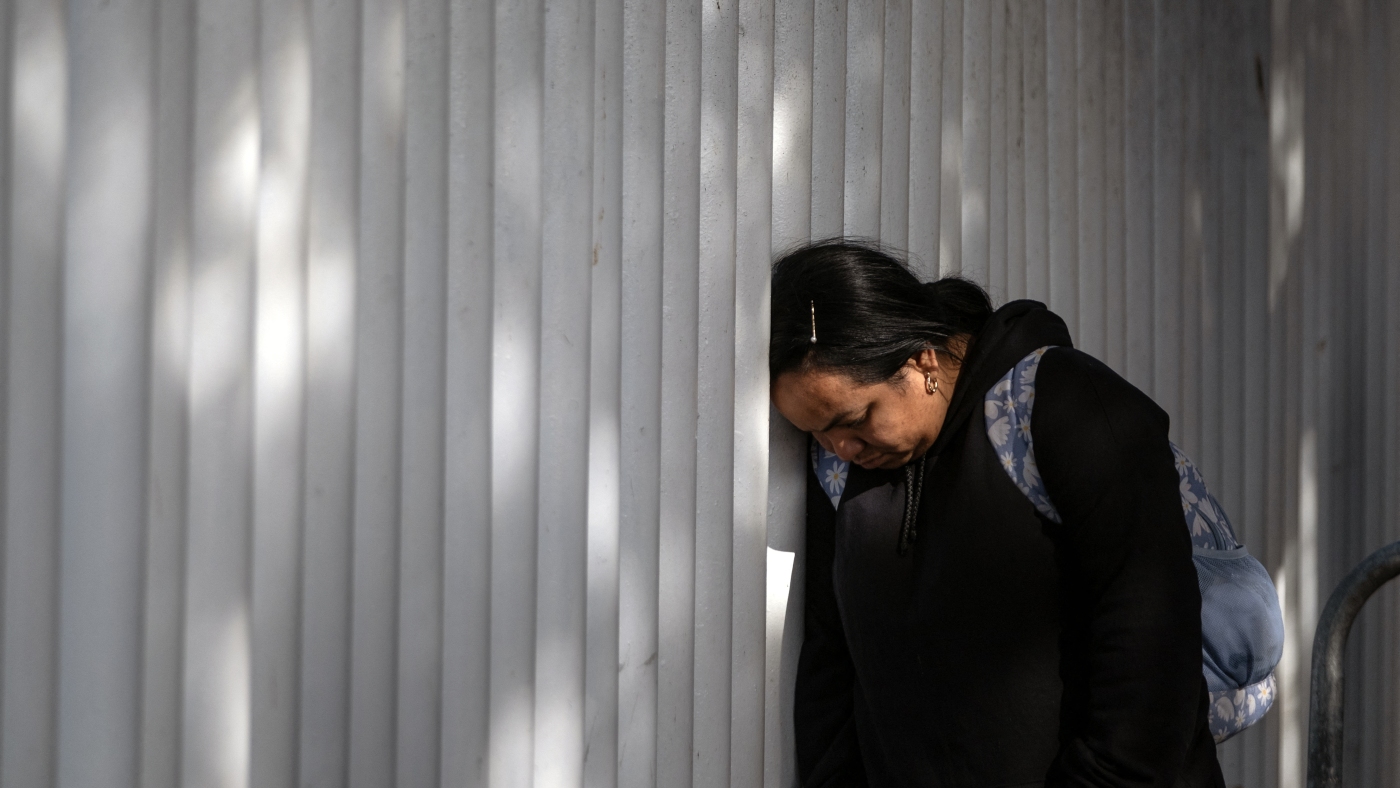Every Aerosmith Album, Ranked
Joey Kramer, a drummer from the Bronx, came up with the band name Aerosmith in high school, and wrote it all over his notebooks long before he started the band that would eventually bear that name. While attending Boston’s Berklee College of Music, Kramer began playing with guitarist Joe Perry and bassist Tom Hamilton, and […]
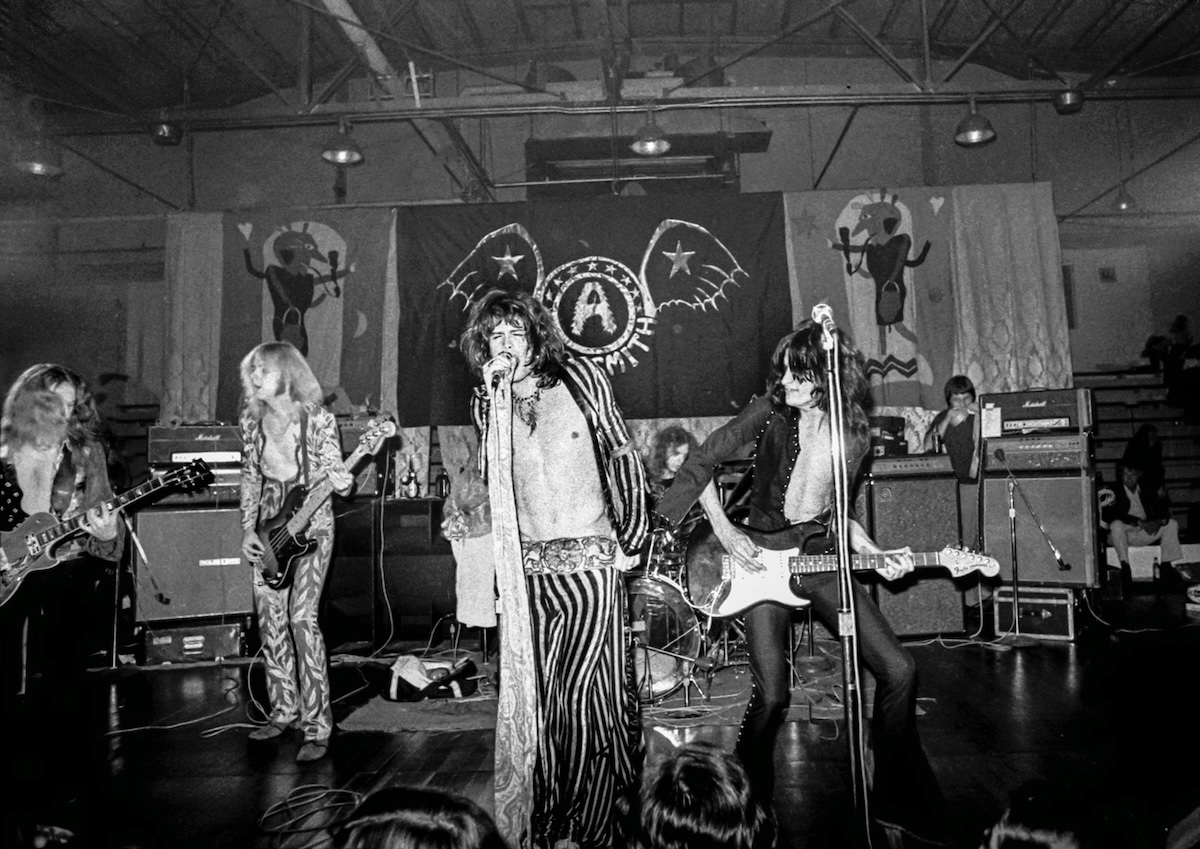

Joey Kramer, a drummer from the Bronx, came up with the band name Aerosmith in high school, and wrote it all over his notebooks long before he started the band that would eventually bear that name. While attending Boston’s Berklee College of Music, Kramer began playing with guitarist Joe Perry and bassist Tom Hamilton, and eventually they joined forces with two other Berklee students, singer Steven Tyler and guitarist Brad Whitford.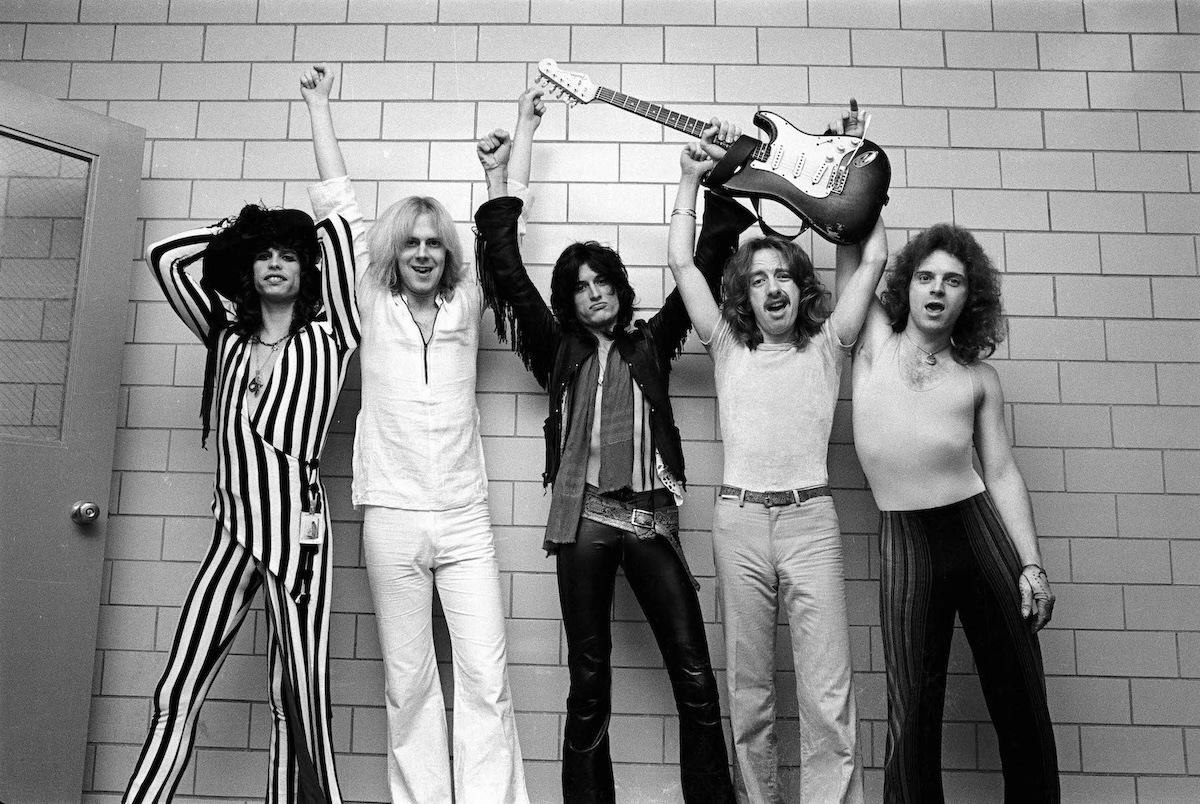
The members of Aerosmith were all in their early 20s when Clive Davis came to see them at Max’s Kansas City and signed the band to Columbia Records. Touring hard behind their low-selling self-titled 1973 debut, Aerosmith recorded their next few albums with New York Dolls producer Jack Douglas as Tyler and Perry, the “Toxic Twins,” became a formidable songwriting team. Other than a rough patch in the first half of the ’80s, when Perry and Whitford briefly left the group, the five members of Aerosmith have enjoyed a remarkably successful run over the last five decades. They’ve sold more than 100 million records, bested only by the Eagles and Metallica as one of the best-selling American bands of all time.
More from Spin:
- Curren$y’s Recipe For the Good Life
- Daughter of Swords Cuts Loose
- Coachella: Lady Gaga Dazzles With ‘MAYHEM’ Debuts

Aerosmith launched Peace Out: The Farewell Tour in 2023, although the band only managed three shows before Tyler seriously injured his vocal cords and the band canceled all remaining dates. It remains to be seen if Aerosmith will ever record or play live again, although as recently as January, Tyler and Hamilton performed together at a benefit for the Los Angeles Fire Department Foundation. Aerosmith’s most popular album, Toys in the Attic, was released 50 years ago on April 8, 1975. Is it their best?
15. Just Push Play (2001)

The Super Bowl halftime show may be one of the most coveted gigs in music, but artists seldom book it while they’re still making great albums, Kendrick Lamar and Beyonce aside. And the album Aerosmith released a few weeks after rocking Super Bowl XXXV with NSYNC and Britney Spears was a pale shadow of their past glories. The lead single “Jaded” is the band’s last proper crossover hit, with a nice riff that recalls Led Zeppelin’s “Dancing Days,” but Just Push Play’s title track and “Under My Skin” are as garishly overproduced and charmless as anything the band ever made. Even the moderately psychedelic album closer “Avant Garden” doesn’t live up to its title with anything remotely artsy or unexpected.
14. Honkin’ on Bobo (2004)
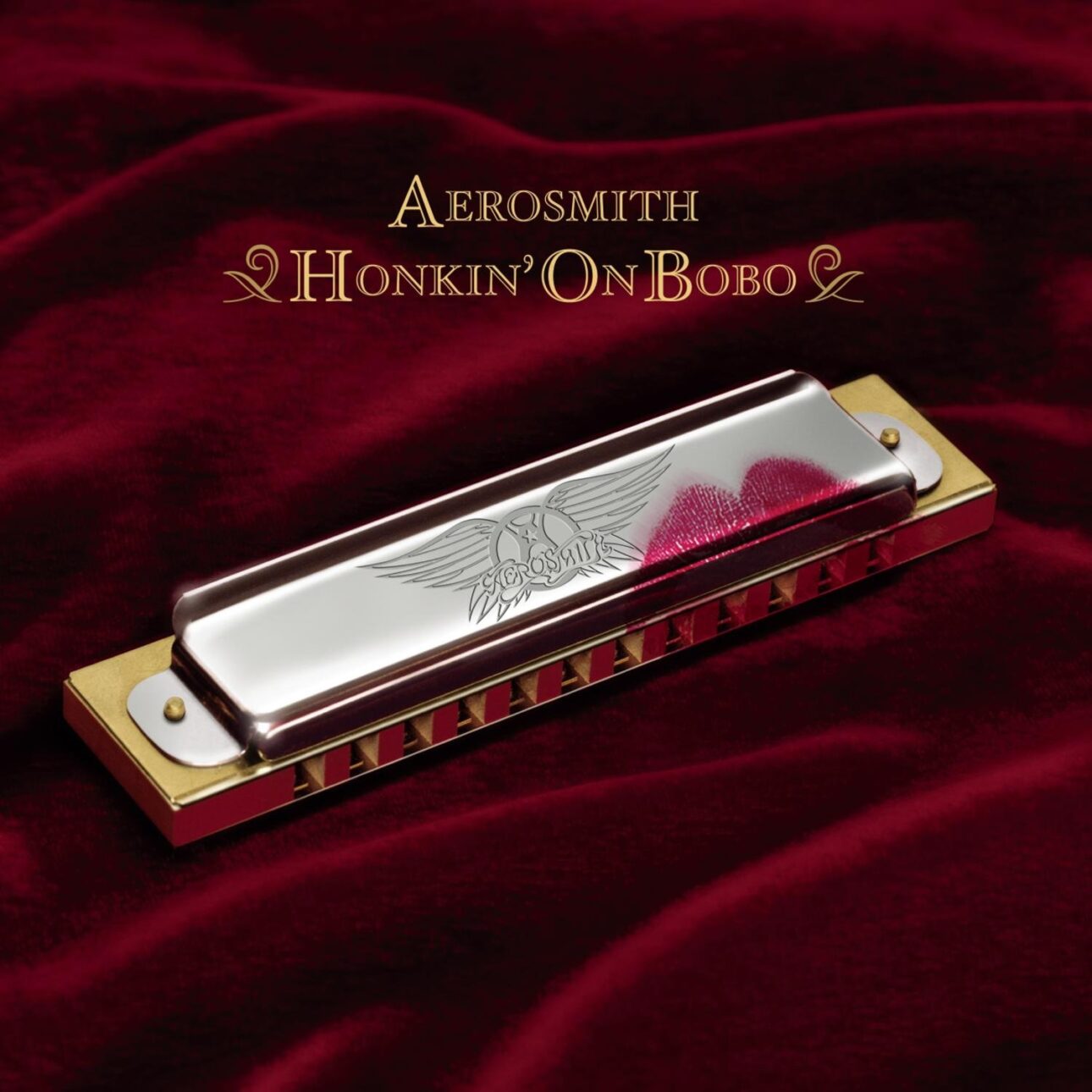
It’s something of a rite of passage for aging rock icons to return to their roots with collections of blues covers, including the Rolling Stones’ Blue & Lonesome, Eric Clapton’s From the Cradle, and Bob Dylan’s World Gone Wrong. While those albums favor dry, stripped-down production to match the throwback material, Honkin’ on Bobo (named after Steven Tyler’s favorite harmonica) sounds pretty much like any other slick, arena-ready post-comeback Aerosmith album. Joe Perry’s take on Mississippi Fred McDowell’s “Back Back Train” is a sizzling slow burner with great slide guitar work, but the band doesn’t put their own stamp on any of the songs quite like they did with “Train Kept A Rollin’” in 1974. “Honkin’ on Bobo aims to be a tailgate party CD, but their less reverential spin on the blues is more promising in theory,” Chris Willman wrote in the Entertainment Weekly review of the album.
13. Nine Lives (1997)
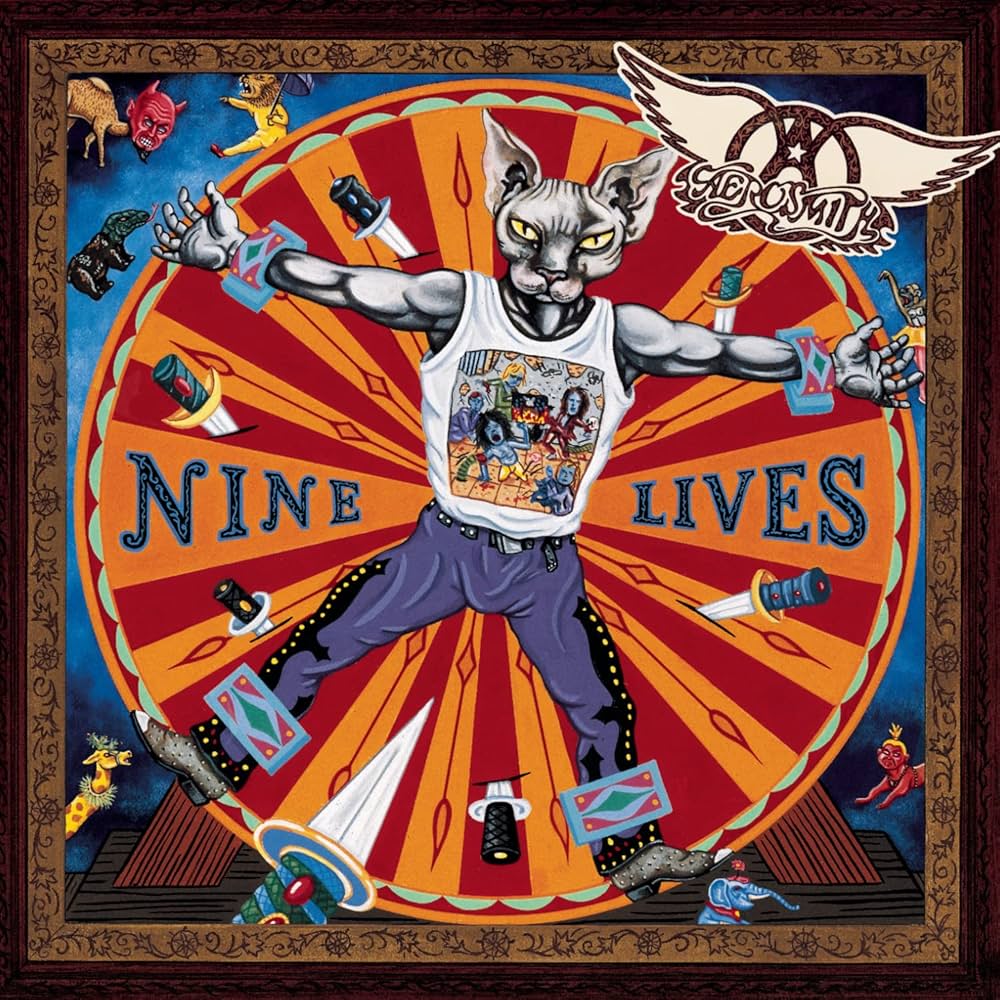
Aerosmith added Glen Ballard (Alanis Morissette, Wilson Phillips) to the small army of co-writers in their creative circle for Nine Lives, although the initial sessions produced by Ballard were shelved and the band ultimately recorded the album with South African producer Kevin Shirley. Nine Lives self-plagiarizes from every era of the band’s career—there’s even a little of “Dream On” in “Hole in My Soul”—without adding anything fresh to make the album memorable in its own right. Mostly it’s a retread of Get a Grip, desperately in search of the big crossover hit they wouldn’t find until they recorded Diane Warren’s “I Don’t Want To Miss a Thing” for the Armageddon soundtrack a year later. Even the blandest Aerosmith album has a couple nice Joe Perry solos, though, and those can be found on “Full Circle” and “Crash.”
12. Rock in a Hard Place (1982)
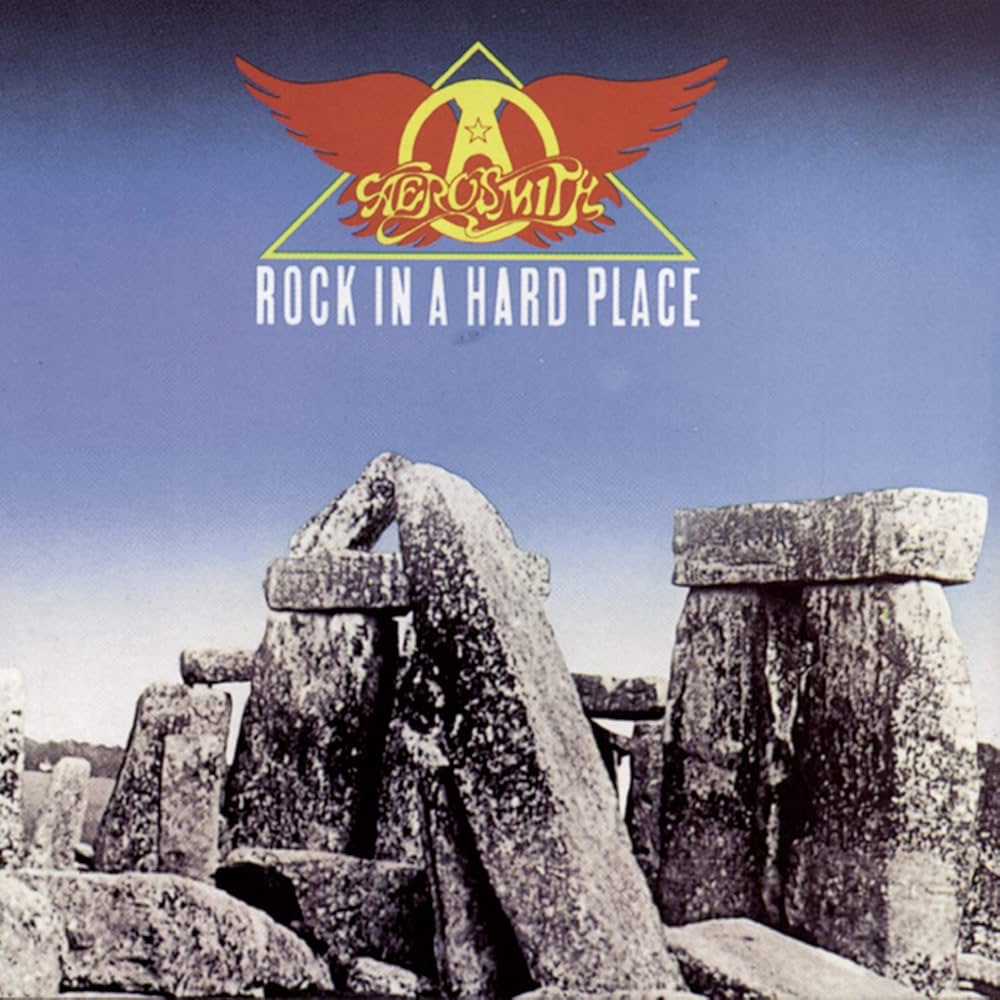
Rock in a Hard Place is the only Aerosmith album without Perry, and Whitford also quit the band during its recording, eventually joining up with the Joe Perry Project. The new lineup with guitarists Jimmy Crespo and Rick Dufay racked up $1.5 million in recording costs, meaning the album pulled ahead of Fleetwood Mac’s Tusk as one of the most expensive albums ever made at the time. Steven Tyler couldn’t compensate for Perry’s absence from the creative process, and Crespo and Douglas often helped finish writing a set of songs that came out sounding uncharacteristically sluggish and joyless.
11. Music from Another Dimension! (2012)
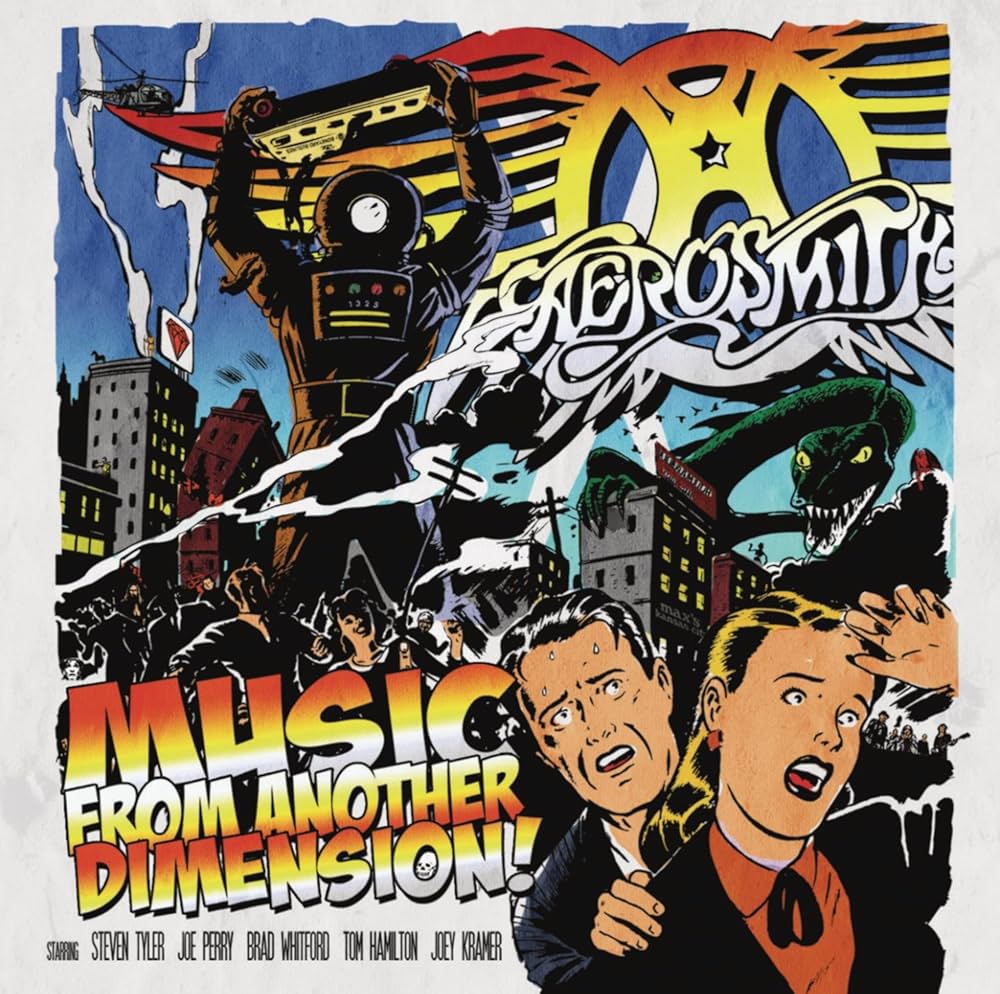
Commercially, Aerosmith’s fifteenth album was a big miss, the only one in the band’s long career to fall short of Gold sales. Musically, though, it’s solid. The 7-minute “Out Go the Lights” is one of the few long late-period Aerosmith songs that’s fun enough to justify an extended vamp. “Tell Me,” a rare solo writing credit by Tom Hamilton, is an earthy midtempo acoustic track that actually doesn’t feel like it was crafted for maximum adult contemporary radio spins. Given the last decade of feuding, health issues, and lousy side projects, it’s probably for the best if Music from Another Dimension! remains the band’s final studio record. “Thanks to a reunion with producer Jack Douglas, who worked on some of the band’s best albums in the ’70s and ’80s, the classic Aerosmith sound is intact in both its rock and power ballad forms,” Jerry Shriver wrote in the USA Today review of Music from Another Dimension!
10. Night in the Ruts (1979)
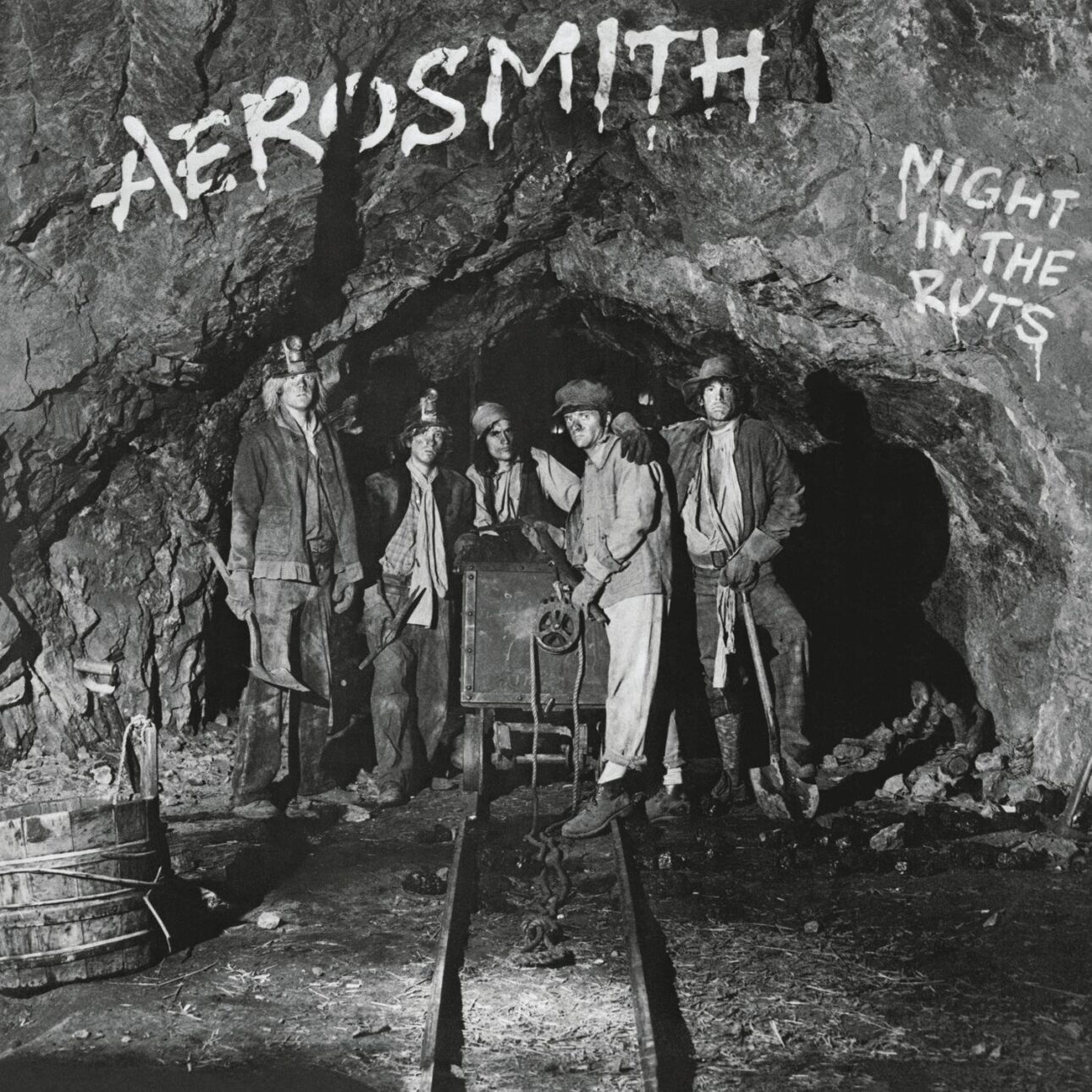
The wheels started to come off during the recording of Aerosmith’s sixth album. Joe Perry left the band after tracking guitars for a few songs, and Columbia Records replaced Jack Douglas with producer Gary Lyons (Foreigner, Wet Willie). Given that tumult, Night in the Ruts actually sounds pretty good, with Perry giving one of his finest performances with one foot out the door on “Cheese Cake.” Only six original songs are padded out with three covers, but a rendition of “Remember (Walking in the Sand),” with Mary Weiss of the Shangri-Las herself on backing vocals, is the album’s top-streaming track today.
9. Get a Grip (1993)
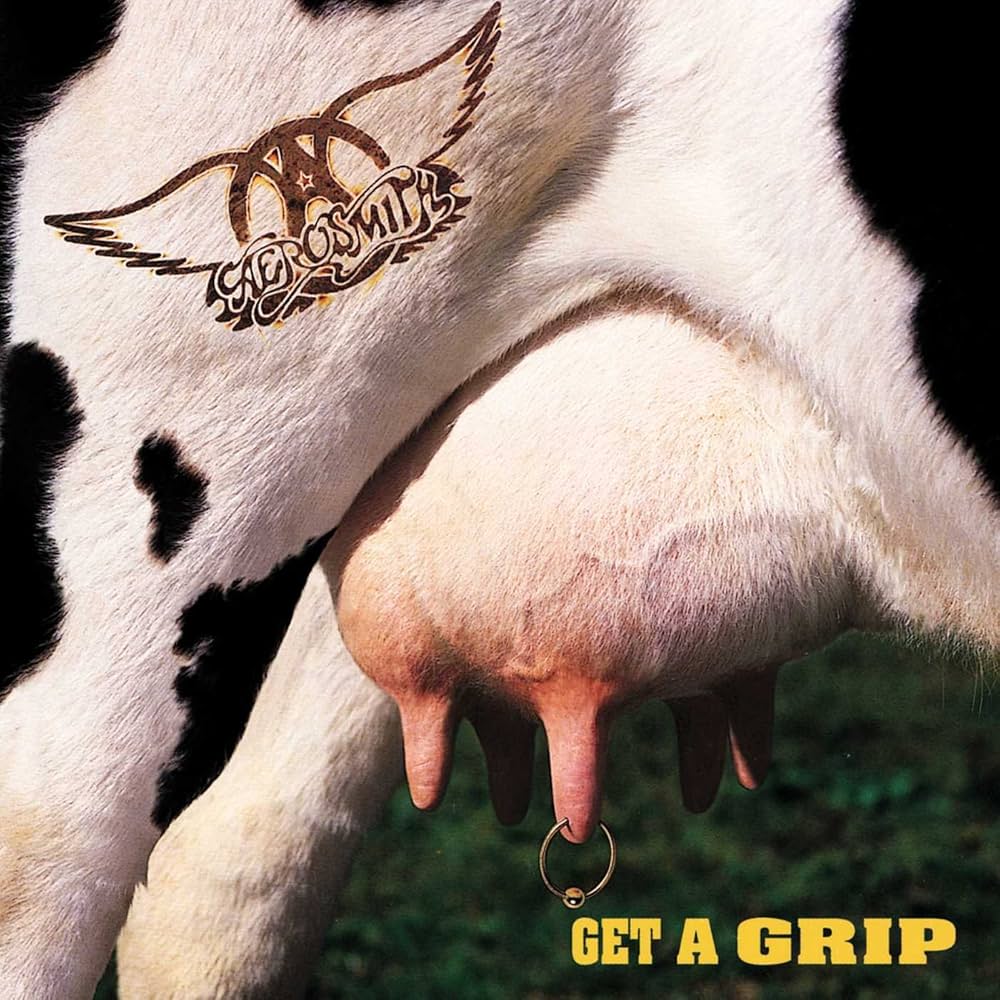
The breakout star of Get a Grip was not anyone who worked on the album but Alicia Silverstone, the teen actor who starred in the videos for “Cryin’,” “Amazing,” and “Crazy” that blanketed MTV and VH1. Outside of that overly similar trio of power ballads though, Get a Grip is a solid hard rock record, with writing contributions from Tommy Shaw of Styx on “Shut Up and Dance” and Lenny Kravitz on “Line Up.” The lead single “Livin’ On the Edge” may be the last great Aerosmith song, a relentlessly hooky epic that isn’t overly weighed down by its superficial attempts at social commentary.
8. Done with Mirrors (1985)
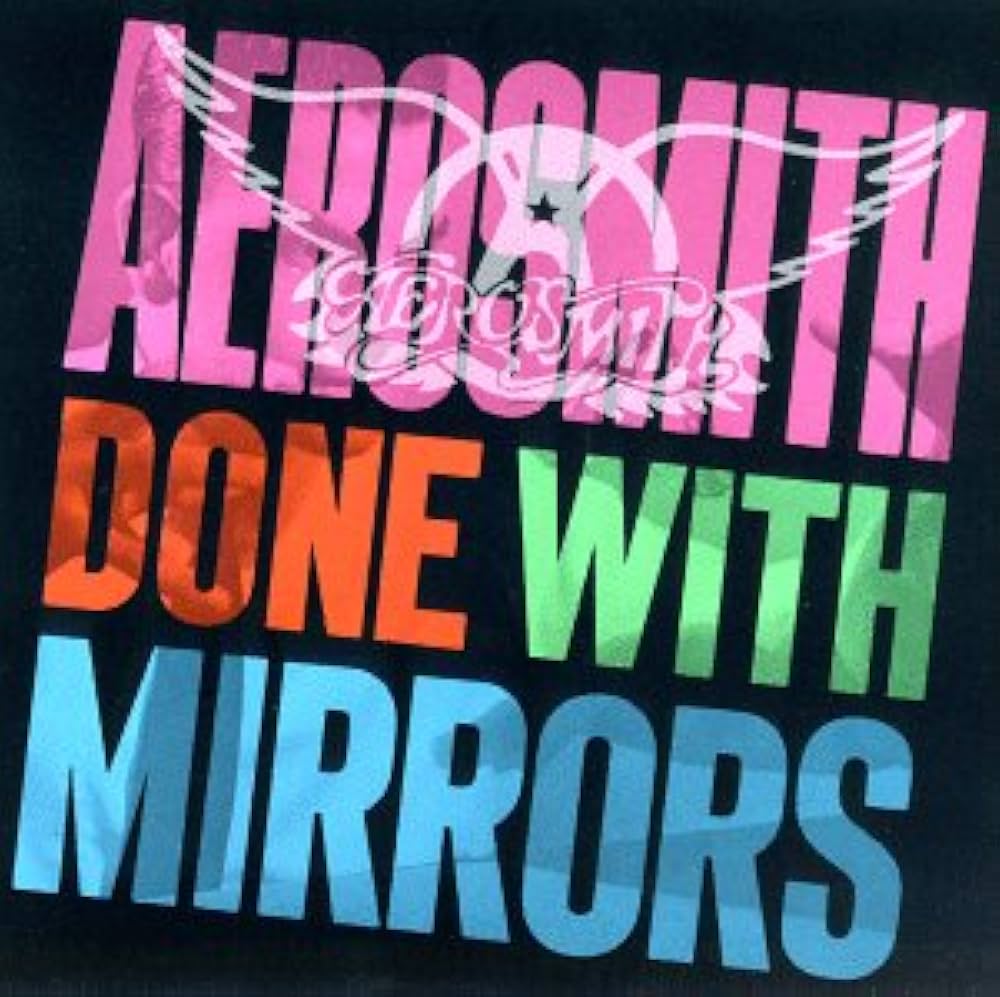
During his five-year absence from Aerosmith, Perry recorded three albums with the Joe Perry Project, and Aerosmith’s first album after his return opened with Tyler singing the Joe Perry Project’s best known song, “Let the Music Do the Talking.” With producer Ted Templeman (Van Halen, the Doobie Brothers), Aerosmith make a spirited attempt at a comeback, but that recycled single didn’t stick, and Done with Mirrors actually charted lower than Rock in a Hard Place. A few months later, however, Aerosmith got the call from Rick Rubin and Run-DMC that would really start to put the band back on top.
7. Permanent Vacation (1987)

After Run-DMC’s version of “Walk This Way” returned Aerosmith’s signature song to the Top 10 in 1986, the band got another crack at the comeback that didn’t quite take on Done with Mirrors. Producer Bruce Fairbairn and songwriter Desmond Child had just worked on Bon Jovi’s blockbuster Slippery When Wet, and continued their hot streak with Aerosmith on MTV staples like “Dude (Looks Like a Lady).” Permanent Vacation is the beginning of Aerosmith’s run as an efficient hitmaking machine, often assisted by Child and a variety of other song doctors. But the album largely amplifies the band’s existing sound and personality to help them compete with all the young hair metal bands they’d influenced. “The raw, dirty edges of the Aerosmith of old slash through the power schmaltz,” Deborah Frost wrote in the Rolling Stone review of Permanent Vacation.
6. Aerosmith (1973)

Aerosmith’s first album was released in January 1973 to such little fanfare that the band was jealous of the promotion Columbia was giving to Bruce Springsteen’s own low-selling debut, which came out the same week. Producer Adrian Barber (the Allman Brothers Band, Velvet Underground) didn’t quite capture the band’s energy in the studio, and their self-titled debut sounds a little flat and tentative compared to the albums that would follow. It’s the only album Tyler wrote with little input from the rest of the band, playing more keyboards than on later albums, and “Dream On” is the pinnacle of his more somber and restrained early writing. There are flashes of the strutting, playful Aerosmith that would take over the world, though, particularly on “Mama Kin” and “Somebody.”
5. Pump (1989)

Cementing their return to prominence, Pump was even bigger and better than Permanent Vacation. “Janie’s Got a Gun,” Tyler and Hamilton’s ominous tale of abuse, incest, and murder, was an unlikely turn towards more serious subject matter, but it won Aerosmith their first Grammy, and was a huge crossover hit, thanks in part to a masterful video directed by David Fincher. It even works on Pump as an effective counterpoint to the slobbering cartoon wolf vibe of the killer opening trio of “Young Lust,” “F.I.N.E.” and “Love in an Elevator.”
4. Draw the Line (1977)
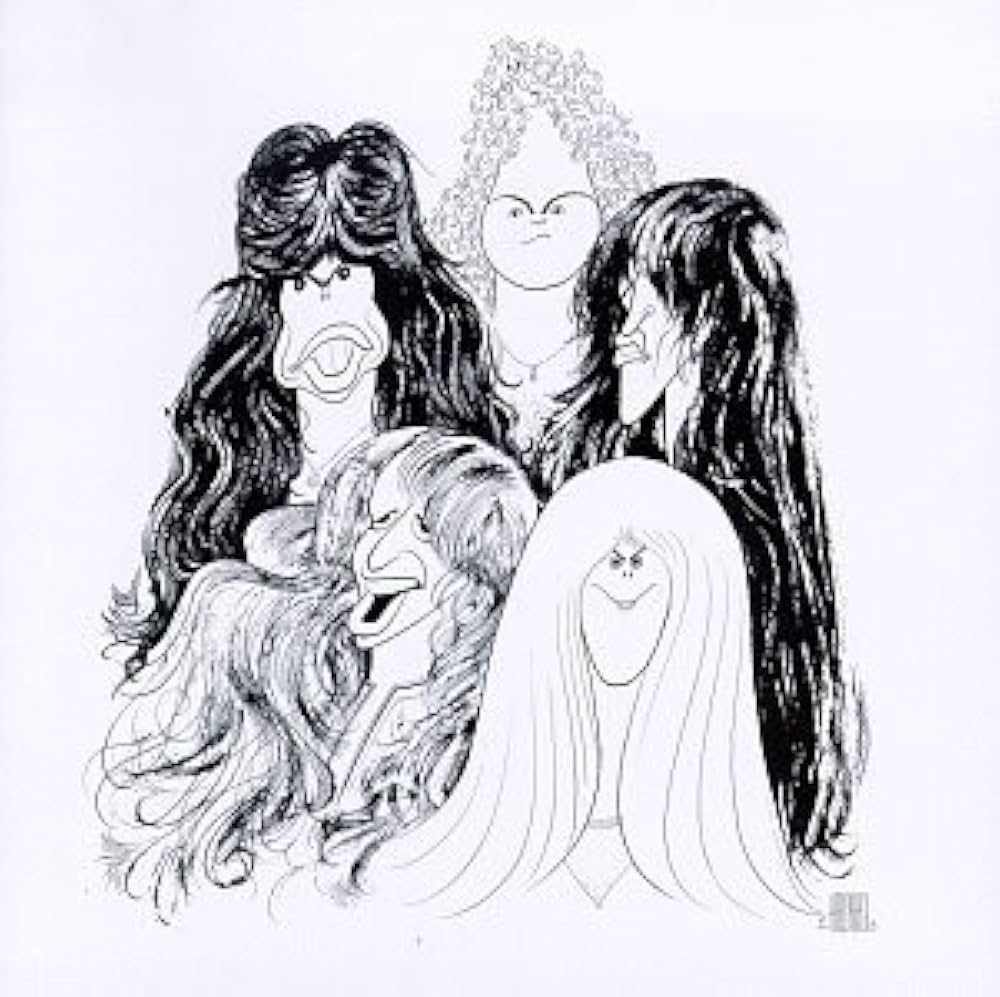
Drugs were starting to hurt the band in 1977, but they held together enough to manage a heavy, sleazy masterpiece. Draw the Line is the closest Aerosmith ever came to sounding more like America’s Zep than America’s Stones, especially on “Kings and Queens.” Perry took his first lead vocal turn on “Bright Light Fright,” something he wouldn’t do again on an Aerosmith album until the ’90s. David Johansen of the New York Dolls co-wrote the gnarly “Sight for Sore Eyes,” and the title track is a staple of underrated Aerosmith bootlegs I have loved. Their cover of “Come Together” for the 1978 film adaptation of the Beatles’ Sgt. Pepper’s Lonely Hearts Club Band was bigger than any single from Draw the Line, and it was Aerosmith’s last Top 40 hit for several years.
3. Get Your Wings (1974)
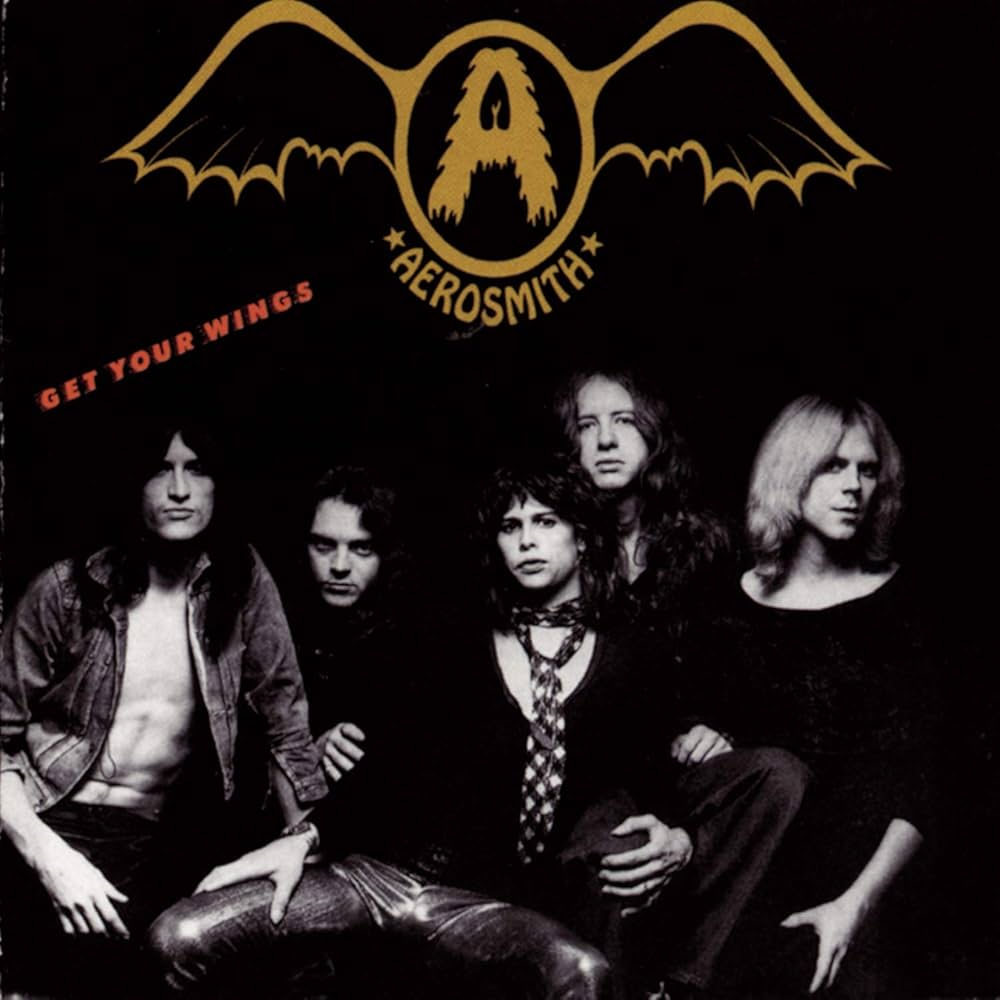
The Bad Boys from Boston really started to find their identity on Get Your Wings: the crisp Jack Douglas production, the Perry/Tyler songwriting partnership, the first iteration of the winged band logo, and horny, punny lyrics like “Lord of the Thighs.” Douglas wasn’t entirely confident in Perry and Whitford’s chops yet, though, and borrowed two guitarists from Alice Cooper’s band for some of the guitar solos on the album. “Seasons of Wither” is one of the finest efforts from Tyler’s more earnest early songwriting, and “Same Old Song and Dance” and “Pandora’s Box” make better use of brass than the sometimes cheesy horn arrangements on the band’s post-comeback albums. “These prognathous New Englanders are musicianly (all things are relative) inheritors of the Grand Funk principle: if a band is going to be dumb, it might as well be American dumb,” wrote Robert Christgau in the Village Voice review of Get Your Wings.
2. Toys in the Attic (1975)
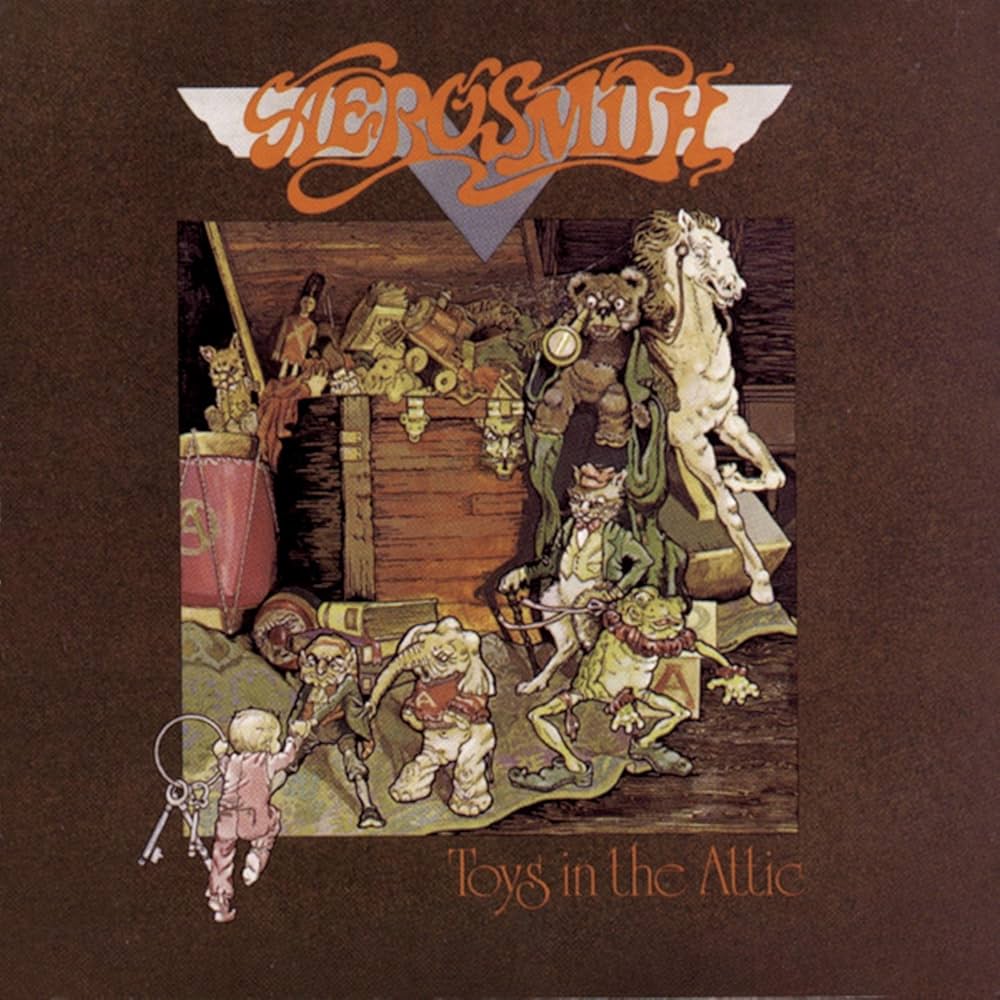
“I ain’t seen the daylight since I started this band,” Tyler sings like a badge of pride on the album that turned Aerosmith into the biggest American hard rock band of the ’70s. Now far more seasoned musicians thanks to heavy touring, Aerosmith went back in the studio with Douglas for their third album, and didn’t need the guest guitarists from Get Your Wings anymore. Tyler really starts to shriek and scat on Toys in the Attic, but his harmonies with Perry have never been smoother than on “Sweet Emotion” and “Uncle Salty.” Not counting compilations, Toys in the Attic is Aerosmith’s top-selling album at nine times Platinum.
1. Rocks (1976)
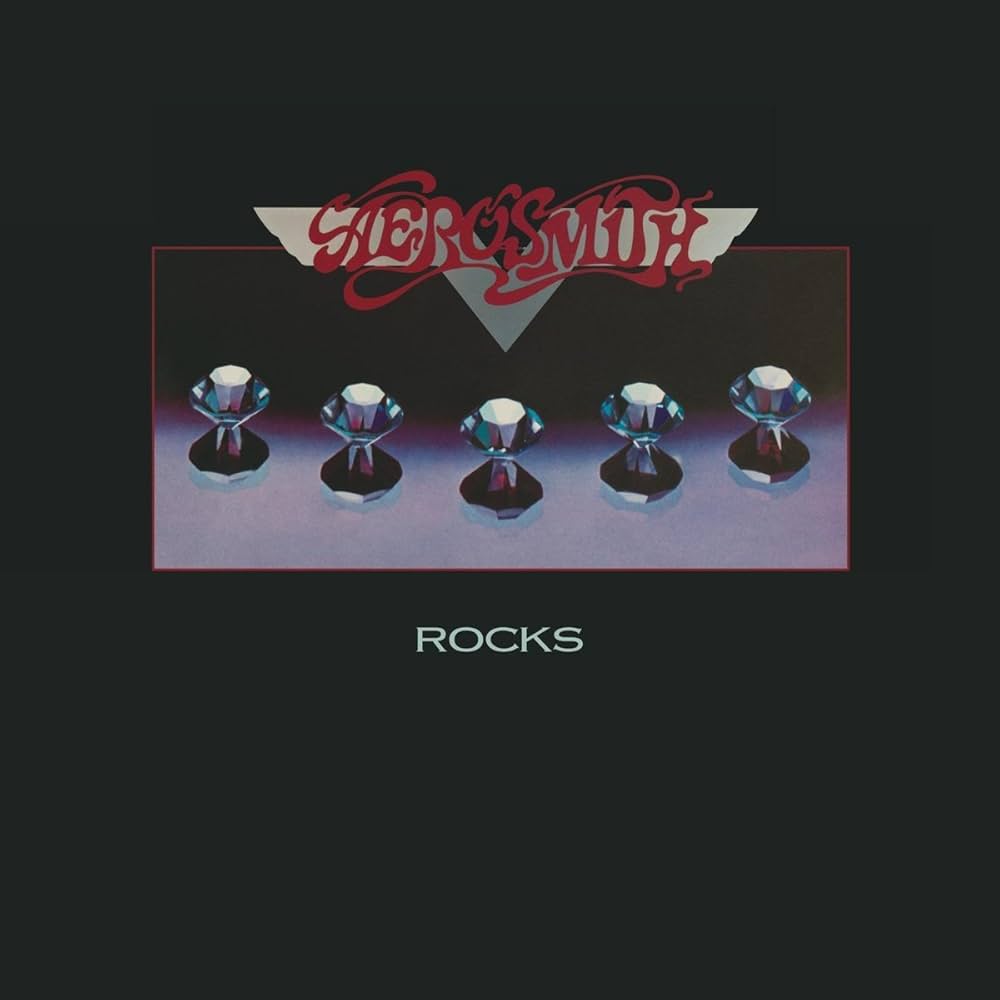
Aerosmith’s popularity was exploding in 1976, and Rocks became their first album to go Platinum that year, but its lead single “Last Child” was a little overshadowed by reissues of earlier tracks. “Dream On” went Top 10 on the Hot 100 a few weeks before the release of Rocks, and “Walk This Way” went Top 10 a few months after. Still, the aptly titled album is full of pounding drums and tough riffs, and everyone from Slash to Kurt Cobain has singled out “Nobody’s Fault” as one of their favorite Aerosmith songs. When Columbia released the 1988 collection Gems, focusing on heavier deep cuts not found on the hits compilations, it led off with the Rocks tracks “Rats in the Cellar” and “Lick and a Promise.”
To see our running list of the top 100 greatest rock stars of all time, click here.



